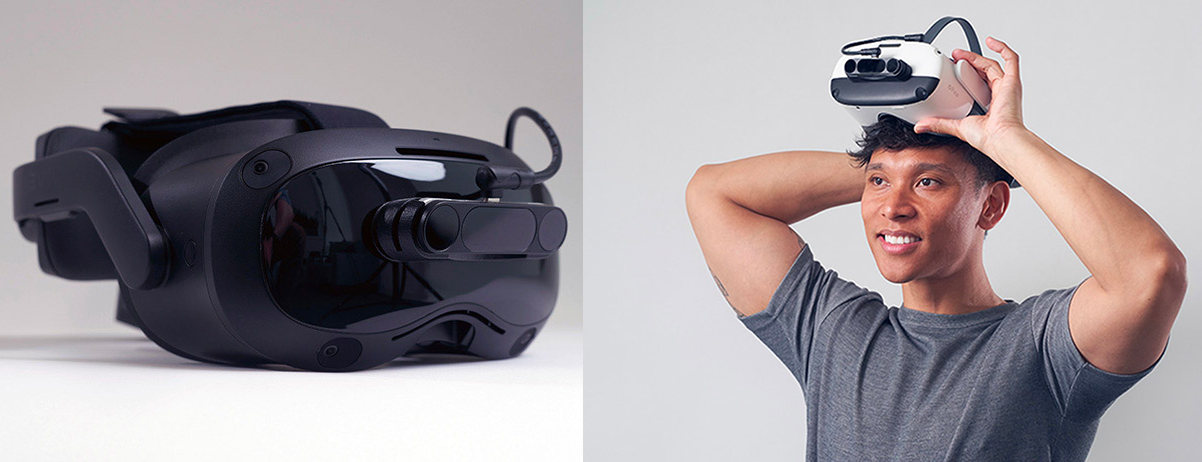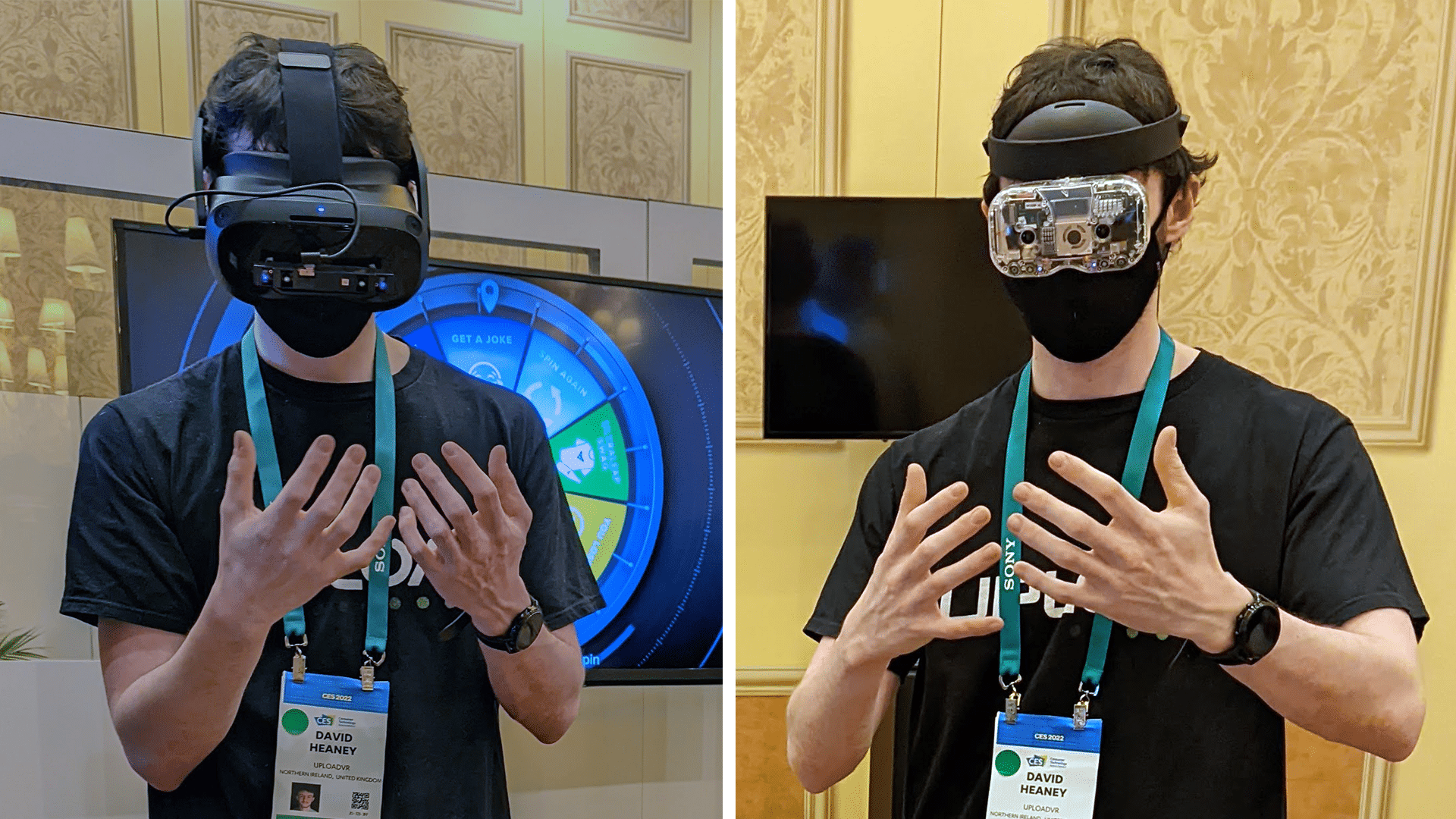
Leap Motion 2 is a $140 accessory that adds ultra high quality hand tracking to both PC VR and standalone headsets.
The original Leap Motion was a desktop hand tracking accessory launched in 2014 that could be mounted to the front of early consumer VR headsets like the Oculus DK2. It brought hand tracking to VR before most users even had access to motion controllers.
Leap Motion was acquired in 2019 by UK-based haptic technology firm UltraHaptics, merging to become UltraLeap. Since then the company has focused on specific enterprise use cases where Quest’s hand tracking isn’t reliable enough, selling its Ultraleap Stereo IR 170 add-on and integrating its technology into Varjo’s enterprise headsets and the Lynx R1 mixed reality headset.
Ultraleap Gemini Impressions: Great Hand Tracking Is Coming Soon
If the only controller-free hand tracking you’ve used is Quest 2, you may not have the best opinion of it. Sure it’s cool to see your actual hands in VR for the first time. But try to navigate Quest’s menu system or grab objects in apps like

The Leap Motion Controller 2 will be available for anyone to buy and attach to their headset via USB-C. Compared to the original 2014 device it has “higher resolution cameras, an increased field of view, and 25% lower power consumption, all in a 30% smaller package”.
It supports PC VR headsets such as Varjo Aero, as well as standalone Snapdragon XR2 headsets such as Pico 4 and Lenovo’s upcoming ThinkReality VRX.
This is still a proposition for developers and businesses though, to be clear. You can’t, for example, attach this to your Quest 2 for better hand tracking. The target use case here is still custom applications built with Ultraleap’s SDK for a specific purpose.

